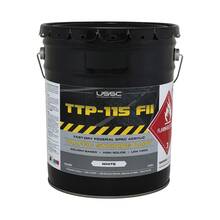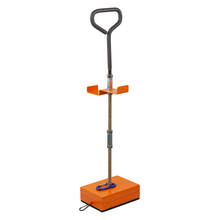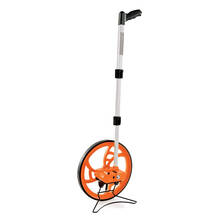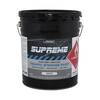Understanding the coverage of the paint is an important factor when line striping. The typical airless line striper will produce a line that is 15 mils in thickness, but first, how thick is 15 mils, second, what if I'm not using an airless line striper and third, what about the surface condition? Actual coverage of this paint can be found in the Specifications tab.
How thick is 15 mils?
1 mil stands for "1 Thousandth of an Inch". It's small. So, 15 mils is 15 thousandth of an inch which is the same as 1/64 of an inch. To give an idea of how thick 15 mils really is, we'll show you a few common items and their thickness:
-
Typical Credit Card: 30 mils (.030 in) [0.762 mm]
-
US Dollar Bill: 5 mils (.005 in) [0.127 mm]
-
Finger Nail: 13 mils (.013 in) [.3302 mm]
So, if you take 3 crisp US currancy bills and stack them together, you will have 15 mils of thickness, or you can look at the thickness of your (unpainted) fingernail for a quick reference.
What if I'm not using an airless striper?
When using a roller or brush to apply paint, the thickness will vary between the roller style and how much paint you actually put down. The main rule of thumb though, is that you will double the amount of paint. Using a roller usually applies a thicker coat of paint. In some cases, if you're conservative with how much you put down, you can actually use less paint.
What do I need to know about the surface condition?
The surface area of section you will paint can also make a big difference with how much paint you use. Especially if you aren't using an airless paint system. Rough pavement like older ashpalt that has a lot of agregate showing, has a larger surface area and will take more paint. In contrast, a smooth concrete surface has a lower surface area and won't take as much paint. We don't have a guide or calculator at this time to take the different surfaces into consideration, just know that you might need a bit more paint if you're painting a rough area.





















